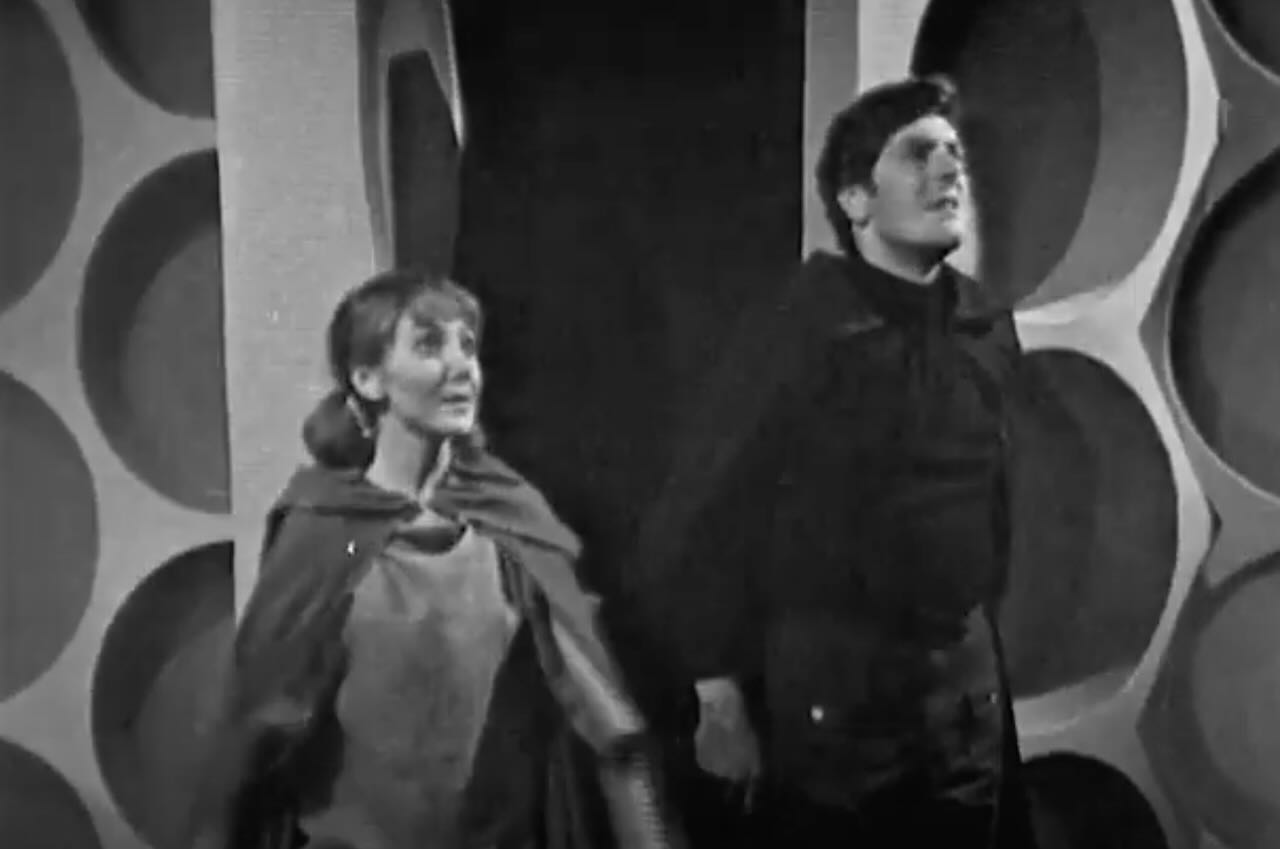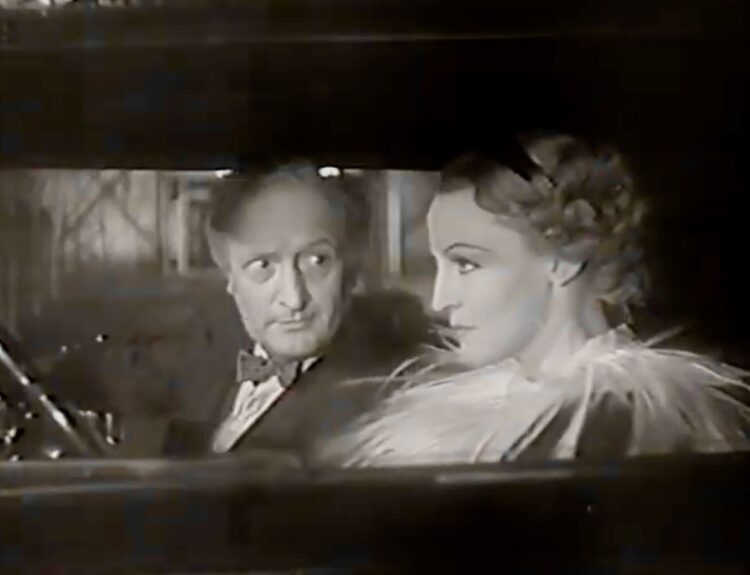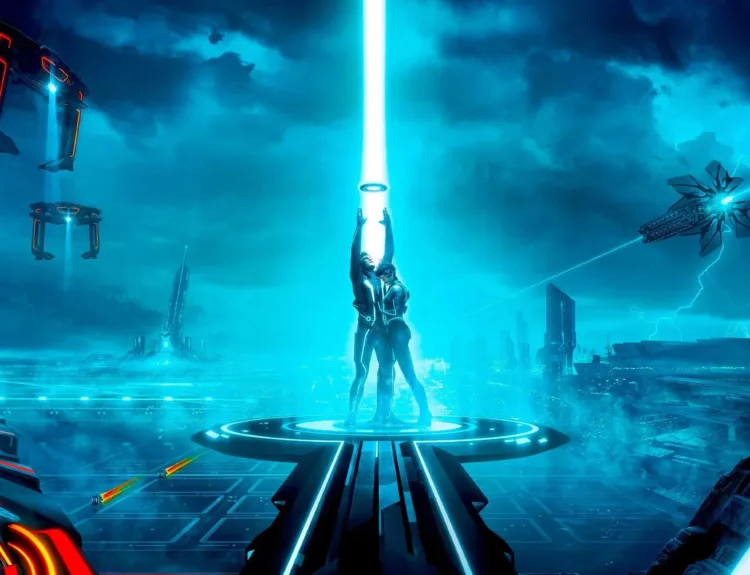Doctor Who has long been my favorite show, but it’s been a couple of years since I’ve actually watched anything but the newest episodes. Before that, I was making a respectable run at getting through the original series, most of which I haven’t seen for decades. For various reasons, lately it has felt like it’s time to get back into it.
The Time Meddler
Starring William Hartnell as the First Doctor.
Companions: Maureen O’Brien as Vicki and Peter Purves as Steven Taylor
Written by Dennis Spooner. Directed by Douglas Canfield. Produced by Verity Lambert. Script Edited by Donald Tosh.
Format: 4 episodes, each about 25 minutes long (Individually named The Watcher, The Meddling Monk, A Battle of Wits and Checkmate).
Originally Aired: July 1965 (Episodes 35-39 of Season 2)
Man, 39 episodes for season 2, remember those days? It’s a big change from the “season 2” that we’ve just had that managed to clock up 8 episodes. Oh well, I don’t actually remember it–I cam into this show long after The Time Meddler had aired. I originally saw this one on a fuzzy UHF station, probably in my childhood basement when I was a kid, and I’m pretty sure I haven’t watched it since.

Spoilers Ahead!
The Time Meddler has got a lot of interesting things about it, representing as it does the series at a time of transition, as well as developing the mythology of the show in a way that hadn’t been done before.
The transition aspect mostly has to do with the cast of characters, which of course impacts the story. Original cast members Ian and Barbara are gone, as of the previous serial, joining fellow original traveler Susan in the world of the show’s backstory. For the first time, there are things that the audience has seen in Doctor Who that none of the characters save the Doctor have, which creates that sense of history behind the show that was actually one of the big draws for me when I properly discovered it (about twenty years later). At the same time, the story has newcomer Steven Taylor joining the crew (after having debuted at the end of the last story and been left to an uncertain fate).
I really enjoyed the first episode of The Time Meddler, which spends a fair amount of time unpacking this whole shift the past to the present. Ian and Barbara are properly remembered (as is Susan), and the scene where the Doctor and Vicki discover that Steven is on board with them is really fun. Steven’s skepticism about the TARDIS actually being a Time Machine is plausible, and we get one of William Hartnell’s best ever lines: “that is the dematerialising control and that, over yonder, is the horizontal hold. Up there is the scanner, those are the doors, that is a chair with a panda on it. Sheer poetry, dear boy. Now please stop bothering me.”

The dynamic of the Doctor with Vicki and newcomer Steven Taylor (who had debuted in the last episode of the previous adventure) is very good and appropriately different than the previous cast of characters had–they are kind of like siblings stuck on a trip with their grandfather. Steven is more naturally assertive (no surprise given its the 1960s and he’s a guy and she’s a girl), but Vicki is the one who usually knows what she’s talking about, so it makes for some fun interplay. (It’s just a shame this TARDIS crew didn’t actually last all that long.)
The first episode also does a decent job establishing the story’s main setting and raising the mystery of just what is going on with the Monk in that monastery.
As far as the way the serial pushes things forward for the series, this is evident in two main areas, one of which is more obvious at a glance.
The thing that’s new that modern audiences might not pick up on right away is that this is the first time that the show has used a historical setting to tell something other than a “pure historical” story. If you don’t know, the idea of “pure historical” adventures, where there was no science fiction elements aside from the TARDIS and its travellers, was a regular part of the format for the first few years of the show. This is unheard of in the modern series, where the TARDIS might take the Doctor to historical time periods on earth, but there’d always be a monster or alien or time traveling racist to deal with as well. Well, that mix of elements was something the show had never done before this one, which would have only added to the surprise of things over the course of the first episode.
The more obvious expansion to the show’s mythology which is central to The Time Meddler is the fact that this is the first time someone from the Doctor’s world (not identified by name here, nor are its people) ever appeared, aside from the Doctor and his granddaughter Susan, of course. And along with that, it’s the first time that another TARDIS has appeared.

Precious little about the Doctor’s world or people is actually revealed, though it is clear that the Monk’s TARDIS is more advanced (it’s referred to as a “Mark 4” and now has got “automatic drift control”, while the Doctor appears to be embarrassed about which type his is). The point of the character is not specifically to expand on the Doctor’s origins as much as it is to give the Doctor a different sort of foil than normal. The Monk is, as the story title tells us, a meddler. He wants to change history, to pervert its natural course, not to unleash chaos as the Master sometimes wanted to do, but to actually advance things. He’s reckless, but you might be tempted to think the purposes are noble, until you remember that to pull off his goals he has to blow up a whole bunch of Vikings. The Doctor, on the other hand, is firmly on the side of preserving the natural flow of history. Sometimes in the past, he’s made it sound like it’s a futile effort to change history, but here he is obviously convinced that the threat is real. These conflicting ideologies give William Hartnell the chance to be particularly impassioned about things, as well as for Peter Butterworth (the Monk) to have some nice moments of giddiness and glee.
In addition to all the nice character work, episode one does a decent job beginning to set up this mystery, and ends with a fun cliffhanger in which the Doctor has been trapped, and the Monk, who has mostly been remaining hidden up until this point, openly and gleefully laughs at him. Then in the last part of the story, things wrap up pretty well, and offers us the novel image of the Monk realising the Doctor has managed to sabotage his time machine so it’s no longer dimensionally transcendent–indeed it looks to just him like a little model of a TARDIS console room. This is then followed by an impacting shot of the Monk sitting in despair, knowing that he’s lost.

With all this good material, it’s a legitimate shame then, that most of the story is so incredibly dull.
The existing plot of The Time Meddler could probably have been made to fit into two episodes, or maybe spilling into a third at the most. Huge amounts of the runtime is spent just getting everyone to the monastery–Steven and Vicki, the local villagers, and some unimpressive Vikings all of have to wander over there for the climax to work. William Hartnell is not even in episode 2 (aside from the reprise of the cliffhanger and some voice over lines), but he still ends up leaving the monastery off-screen just so he can have to go back there in episode 3.
The third episode finally features some actual dialogue between the Doctor and the Monk, so I expected things to pick up here, but they don’t really. Hartnell and Butterworth both look like they are having fun, but nothing of substance actually happens between them. Instead spend the whole time running around bonking Vikings on the head and tying them up, before ending the episode basically at the start of their confrontation again, except this time the Doctor is holding the Monk at bay with a sword instead of a stick. Presumably this was so we could save the surprise that the Monk is from the same world as the Doctor until the cliffhanger at the end of the third part, where Vicki and Steven discover the other TARDIS. Certainly this is a dramatic moment, and has a sense of weight and import to it, but it would have been far better for this to have happened an episode earlier, so there would be more room for the part of the story we are really interested in.
Like I said, part 4 does finally get to the story, where things actually happen in the plot and the two Time Lords (as we will retroactively come to know them) get to do some facing off.

The Monk turns out to not actually be all that effective of an enemy to the Doctor–other than when he’s initially captured there’s never a moment where the Doctor is in any real danger from him. This has the effect of elevating the Doctor while undermining the tension. But I did like the bit where the Monk tricks the two Vikings into falling right into the hands of the angry villagers. Apparently, a missing 12 second clip would have made it overtly clear that they are summarily executed, but in the version of the story that exists it just fades out. Either way, it’s the most overtly villain-ish thing the Monk actually does for the whole story.
There are other things about The Time Meddler that I appreciate. There is some nice shots of the ocean and cliffside (and seagulls), there is some stock footage of a Viking ship which elevates the production value, and the monastery itself looks great.
I already mentioned my appreciation for the companions–Peter Purves in particular is really strong. William Hartnell, whilst having trouble with lines from time to time, puts in performance that is full of gusto and energy (at least in the three episodes that he appears), and Peter Butterworth is a fun presence that I would have liked to have seen more of (the actor and character did return in The Daleks’ Masterplan, but that story is mostly missing and to date, not animated).
But overall The Time Meddler is a bigger disappointment than it is a victory. There is so much interesting potential here that the story’s poor pacing and large amount of time spent on the relatively uninteresting villagers and Vikings, that it really feels like a wasted opportunity.

Other Thoughts:
• Hilariously, when the Doctor and Vicki think a Dalek has gotten aboard their ship, the Doctor prepares to throw his coat over it presumably in order to confuse it, and Vicki arms herself with one of her shoes!
• In keeping with the show’s continuity, the Monk never calls his ship a “TARDIS”, since at this point, that’s a name that Susan apparently made up for the Doctor’s particular ship.
• But not keeping with continuity, Vicki identifies the “D” in TARDIS as standing for “Dimensions” rather than “Dimension”. It’s easy to believe this is just Vicki’s mistake, but it did become the norm on the series going forward for a long time.
• When asked if he and the Monk are from the same place, the Doctor guesses, somewhat confusingly, that he is “fifty years earlier.” Does this mean the Monk is from the Doctor’s future? Or from Gallifrey’s future, relative to however the Doctor seems to be synchronised to the planet’s timeline?
• The Doctor and the Monk are strongly implied to know each other, but never refer to each other except as “Doctor” and “the Monk.” Perhaps the Doctor was already known as the Doctor whenever they met, but surely the Monk wasn’t already known as the Monk? Unless of course he was, and that’s why he chose to land his TARDIS in the monastery in the first place!
• The character of Edith, who by far has most personality out of all the guest characters other than the Monk, is played by Alethea Charlton, who you might remember from the show’s very first serial, as Hur one of the cave people that the Doctor and friends encounters.
• In addition to the “shear poetry” line I mentioned above, another great line of dialogue comes when Steven disbelieves whether the Viking helmet is genuine, and the Doctor asks him, “What do you think it is, a space helmet for a cow?”
• I had this thought about the ending–the Monk has been defeated, of course, and the Doctor has stranded him in 1066. And since he can’t get into his TARDIS, he presumably can’t get to his big atomic cannon or whatever that he was going to use to blow up the Viking fleet. But he’s still alive and active, so he could potentially still cause trouble to history. Except that it seems likely that the villagers, who think he is a Viking spy, will probably do their level best to kill him. So if you stop to think about it, the way the Doctor beats him may be even harsher than it looks.

• This story was the end of the show’s second season, and as such it ended with a little montage of the main cast’s faces composited onto an image of stars as the theme music played. I believe that the first season did something similar, but as it’s been a while since I’ve seen The Reign of Terror, I don’t remember precisely.
Movie News
Berita Olahraga
News
Berita Terkini
Berita Terbaru
Berita Teknologi
Seputar Teknologi
Drama Korea
Resep Masakan
Pendidikan
Berita Terbaru
Berita Terbaru
Berita Terbaru



